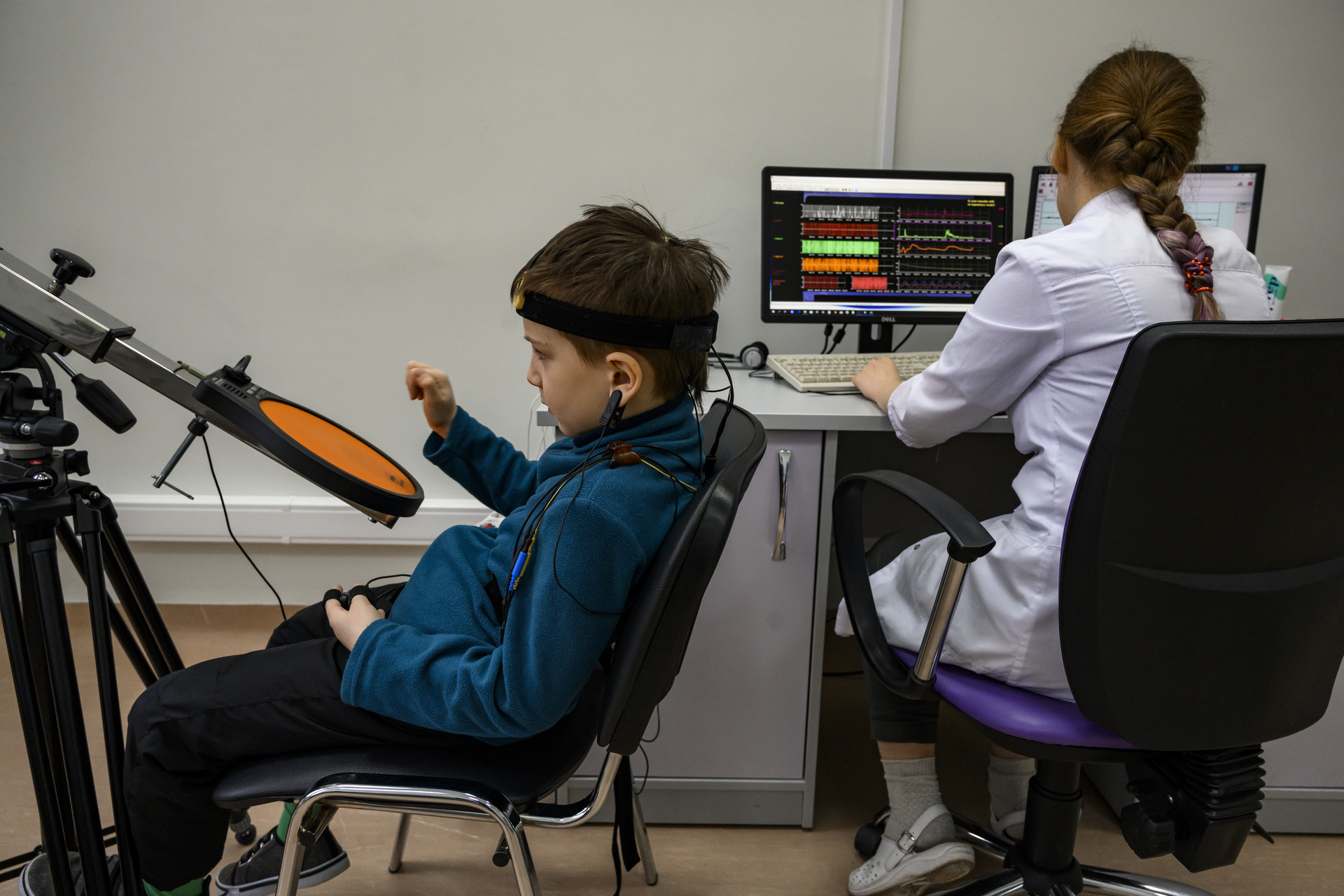Key facts
- Each year, an estimated 400 000 children and adolescents of 0-19 years old develop cancer. [1, 2]
- The most common types of childhood cancers include leukemias, brain cancers, lymphomas and solid tumours, such as neuroblastoma and Wilms tumours. [1,2]
- In high-income countries, where comprehensive services are generally accessible, more than 80% of children with cancer are cured. In low- and middle-income countries (LMICs), less than 30% are cured. [2,3]
- Childhood cancer cannot generally be prevented or identified through screening.
- Most childhood cancers can be cured with generic medicines and other forms of treatment, including surgery and radiotherapy. Treatment of childhood cancer can be cost-effective in all income settings. [2]
- Avoidable deaths from childhood cancers in LMICs result from lack of diagnosis, misdiagnosis or delayed diagnosis, obstacles to accessing care, abandonment of treatment, death from toxicity, and relapse. [2,3]
- Only 29% of low-income countries report that cancer medicines are generally available to their populations compared to 96% of high-income countries. [4]
- Childhood cancer data systems are needed to drive continuous improvements in the quality of care, and to inform policy decisions.
Information presented on this page has been replicated from the linked WHO fact sheet. Please always refer to the original source on who.int for the latest version. Last update: March 2024
